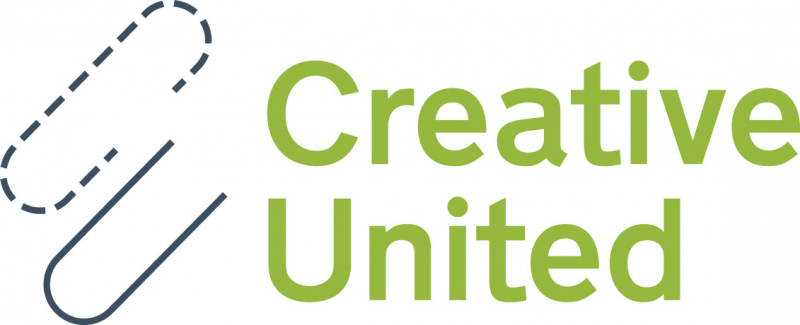
New obligations to protect UK’s art market from money laundering
With under a month to go for art businesses and artists to register with HMRC, Mary-Alice Stack explores how the sector is responding to the need for increased regulation.
The value of the UK art market is estimated at c.£10 billion per annum and represents 20% of global art trade. The size of our market share (second only to the USA, alongside China) has been long recognised as a key strength of the UK’s creative economy. But the Government’s latest National Risk Assessment from December 2020 puts it at high risk of money laundering. But what exactly is money laundering, and how does it impact on the art market?
Money laundering is the process by which the financial proceeds of criminal activity are dealt with in a way that makes those funds appear lawful. At its most basic, this can happen when criminals buy art with dirty money then resell it – or use it as collateral for a loan.
Alternatively, art can be the end destination for dirty money: bought by criminals to keep for enjoyment and/or as a status symbol that can raise their social standing and influence others. A third way is by facilitating or handling the sale or purchase of stolen or forged art.
Under the UK’s anti-money laundering regime, it is an offence to acquire, use, possess, conceal, disguise, convert, transfer or remove criminal property from the UK. It is also prohibited to get involved in any arrangement – such as the sale of goods – in which a person knows, or even suspects, that it helps with the acquisition, retention, use or control of criminal property.
Many galleries, artists and dealers could find themselves in a position that might arouse suspicion of money laundering. For example, a client could be an agent for an undisclosed seller or buyer; the artwork you are selling might have no – or limited – provenance documentation; or a client might want to sell at an artificially high or low price.
Since January 2020, Art Market Participants have been under a legal duty to report suspicions of money laundering or terrorist financing, and to adopt a risk-based approach to combat it, and any other offences relating to the proceeds of crime. This puts the onus on art businesses to establish a culture of compliance.
Know your AMLD5 obligations
When surveyed, at the sign-up stage for Creative United’s AMLD5 and the Art Market training programme, just 15% of art businesses rated themselves as prepared to meet the current regulations.
Sophie Wood, senior associate barrister in criminal litigation at Kingsley Napley, our partner on the programme, has provided an overview of the AMLD5 obligations that are now applicable to Art Market Participants:
- If you fall within the definition of an Art Market Participant, you must register with HMRC. It is important to note that this is separate to the process of registering for tax or VAT purposes. Registration can be completed electronically and the deadline to do so is 10 June 2021. Registration fees apply. Failure to register could amount to a criminal offence.
- You must have a ‘nominated officer’ whose role is to ensure compliance with your anti-money laundering obligations. This includes submitting Suspicious Activity Reports (SARs) where there is known or suspected money laundering or there are reasonable grounds to know or suspect. You must inform HMRC who the nominated officer is.
- You must conduct customer due diligence (CDD). CDD comprises a series of checks undertaken to verify the identity of your customer and to understand the details of the transaction, so you can assess the potential money laundering risks. The level of CDD required will vary (for example in one transaction you may be able to rely on CDD conducted by others, in another you may be required to conduct enhanced due diligence). CDD must be conducted before a transaction is completed.
- Risk assessments, policies, controls and procedures need to be established, documented and maintained. These should be proportionate to the size and nature of your business. You must also keep records of your compliance with your anti-money laundering obligations and retain the records of your CDD and customer transactions for at least five years.
- Your staff need to be appropriately and adequately trained according to their role within your business so that they understand anti-money laundering obligations and can recognise and deal with any risks they may come across.
Get AMLD5 Ready
At Creative United, we have worked with Kinglsey Napley to provide training for over 300 galleries, art businesses and artists. With AMLD5 and the Art Market we offer practical advice to support art market participants to understand, assess and respond to these new obligations in depth. And we continue to support all art market participants by sharing this training in a series of free online resources on our LearnWorlds platform.
In this way, we hope to ensure that everyone can make informed decisions about the implementation of appropriate systems and processes within their business. While the requirements might seem onerous, in fact it’s much more straightforward than it initially appears and will only add minimally to your art business’s everyday operations.
Mary-Alice Stack is the CEO of Creative United.
![]() creativeunited.org.uk
creativeunited.org.uk
![]() @CreativeUtdUK
@CreativeUtdUK
![]() @creativeuniteduk
@creativeuniteduk
![]() creativeuniteduk
creativeuniteduk
This article is an advertising feature sponsored and contributed by Creative United.

Join the Discussion
You must be logged in to post a comment.